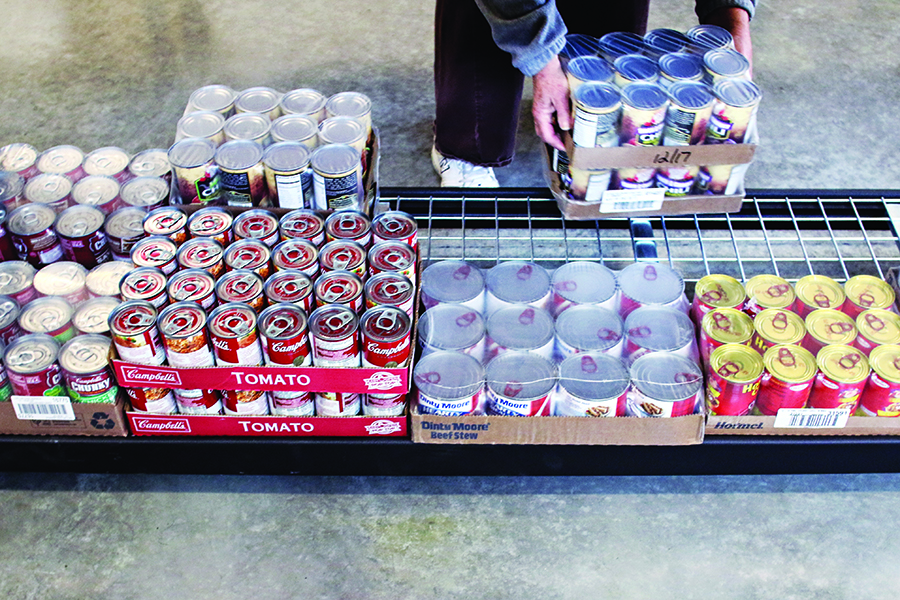More than 12,000 people in Flathead County struggle with hunger, including one in five children, according to statistics from the Montana Food Bank Network introduced last week at a community roundtable event designed to educate about hunger’s ripple effects in Northwest Montana.
The community discussion, which took place on Sept. 20 in Kalispell, centered on a survey that the MFBN conducted in 2016 on hunger statistics throughout the state. Community leaders and organizers of all sorts were in attendance, ready to discuss ideas to help combat the issue.
The seventh biennial Client Hunger Survey was conducted in the summer of 2016 in nine communities across the state, including Kalispell.
Statistics from the survey paint a dour picture: 14 percent of Flathead County’s residents live at or below the poverty rate, and 18 percent of all the county’s kids are living in poverty. Nearly 9 percent of the county’s senior population lives at or below poverty.
Oscar Peña, public policy coordinator at the MFBN, said there are several factors contributing to hunger around the state. Economic insecurity is a big one, he said, because people are made to choose between paying rent or buying food, or filling the car with gas to get to work or buying food.
And even if they are employed, many work in jobs with insufficient wages, making it necessary to have two or three jobs to make ends meet.
“They have to a lot more to make enough money,” Peña said.
One in nine Montanans received food through a MFBN agency in 2016, the survey found, and 72 percent of the survey’s respondents were living in poverty. And of all the survey respondents, 82 percent of the households with children were living in poverty.
About 29 percent of the respondents were living in “deep poverty,” which means they have incomes below half of the federal poverty level. For example, a family of four in deep poverty is bringing in about $1,000 a month.
Other factors contributing to hunger are lack of employment and income, housing and transportation, and having access to health care. The survey found that 53 percent of food bank clients surveyed across the state delayed medical care because they couldn’t afford it.
Long-term effects of hunger impact health care and productivity in the workplace, according to Elizabeth Weaver, the outreach coordinator for the Supplemental Nutrition Assistance Program (SNAP) for the food bank network.
First, a lack of nutrition can lead to poor health for a multitude of reasons, especially in the first five years of life, but the constant stress of continually weighing paying for food or something else takes a toll on a person’s mental health.
There’s also the fact that children are trying to learn in school while hungry, which isn’t easy, Weaver said.
“Kids that don’t have full bellies — and we expect them to sit and learn for 8 or 9 hours a day — they have a hard time concentrating and a hard time learning,” Weaver said.
Hungry adults aren’t as able to work as well, and are more susceptible to illnesses, which can lead to loss of productivity for employers and individuals, she said.
Educating people on the services available to assist them is a major factor in battling hunger, Weaver said. Most people are unaware they qualify for help, or if they do, feel shame in asking for it. Seniors have told her they know they’re qualified for SNAP’s assistance but didn’t want to take it from a child in need.
Weaver also said the Summer Food Service Program, which provides meals for kids who would normally receive them in school when classes are in session, is severely underused. Only 20 percent of the respondents participated in the program, and about half didn’t know it existed.
Lorianne Burhop, chief policy officer for the MFBN, asked the meeting’s participants to pay attention to the federal budget proposed by the Trump administration, which would deeply cut SNAP. Participants were also urged to find out if local schools participate in a breakfast program, or if they have a summer food site.
For more information on the 2016 Client Hunger Survey, visit www.mfbn.org/learn/outreach-education/research-and-reports.
